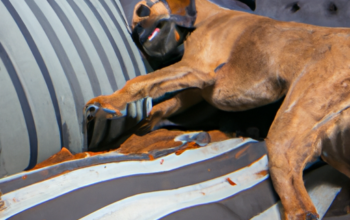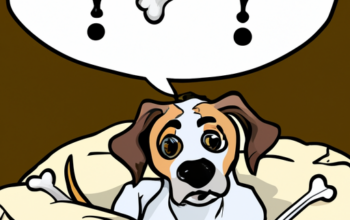As a caregiver, you might often notice your furry friend putting their ears back. But what does it mean? Let’s delve into the reasons behind this behavior and how you can interpret it.
Understanding Dog Ear Positions
The first thing to understand is that dogs use their ears to communicate. It’s one of their most expressive body parts, and they can move them in more directions than humans can.
- Ears Up: This is a sign of alertness. Your dog is paying close attention to something.
- Ears Forward: This often indicates interest or excitement.
- Ears Back: This can mean a variety of things, which we’ll explore in detail.
Why Dogs Put Their Ears Back
Fear or Submission
If your dog’s ears are pulled back close to their head, they might be feeling scared or submissive. This is often accompanied by other signs such as:
- Lowered head
- Tucked tail
- Avoiding eye contact
Relaxation or Contentment
On the flip side, a dog might also put their ears back when they’re relaxed or happy. This is usually a more casual position, and they may even have a “smile” on their face.
Aggression
In some cases, dogs put their ears back when they’re feeling aggressive. This is often accompanied by other signs like baring teeth, growling, or a stiff body posture.
How to Respond
Understanding why your dog puts their ears back can help guide your response. If they’re scared, you might want to remove them from the situation that’s causing stress. If they’re relaxed, you can continue whatever you’re doing that’s making them happy.
Common Misconceptions
Many people mistake a dog putting their ears back for always being a sign of fear or aggression. However, as we’ve seen, it can also be a sign of relaxation or contentment. The key is to look at the context and other body language cues.
Frequently Asked Questions
Q: Can all breeds of dogs move their ears?
A: While all dogs use their ears to communicate, some breeds have more mobility in their ears than others.
Q: Should I be worried if my dog is always putting their ears back?
A: It depends on the context. If your dog is showing other signs of stress or aggression, it might be a cause for concern.
Q: How can I help my dog if they’re scared?
A: Try to remove them from the stressful situation if possible, and provide comfort and reassurance.
Remember, paying attention to these small details can greatly enhance your bond with your dog and ensure their emotional well-being. Happy caregiving!



